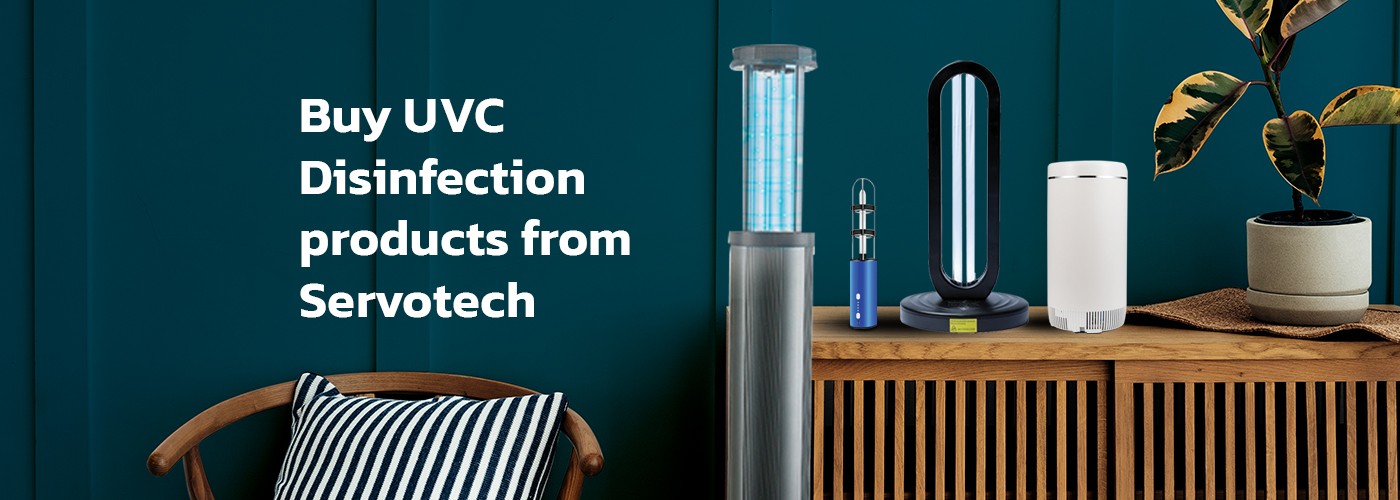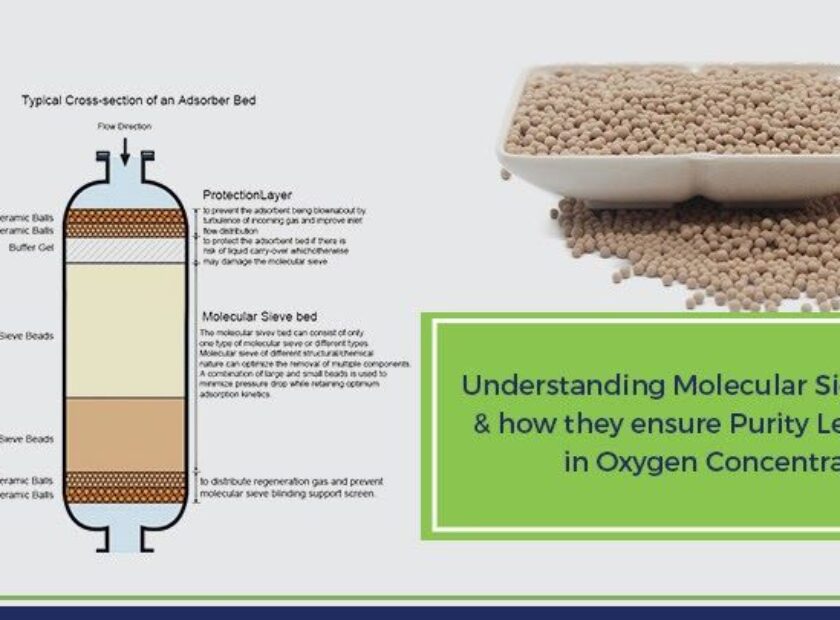Setting Up and Using an Oxygen Concentrator the Right Way

The best option for oxygen supply at home is an oxygen concentrator, which filters oxygen from the air around it. A concentrator, which is needed for people with respiratory problems, can supply oxygen for hours at a time and does not need to be replaced or refilled with anything. Once you learn how to use an oxygen concentrator correctly, you can even help others with it.
To use an oxygen concentrator, you must first understand what it is and what it does.
Oxygen Concentrator: What is it? And How it works?
An oxygen concentrator device extracts oxygen from the air and delivers it to users through a mask or cannula. The air we breathe is made up of about 21% oxygen, 78% nitrogen, and the rest is made up of other gases. The oxygen concentrator performs by collecting ambient air and filtering nitrogen and other gases out. The oxygen is consumed and held in a cylinder for the patient to inhale.
When Should One Use It?
An Oxygen Concentrator should only be used when a person requires additional oxygen due to a low blood oxygen level. This is not something that should be self-diagnosed, but rather something that should be decided by a trained medical professional. Your blood oxygen levels will be monitored by a medical professional, who may use a Pulse Oximeter unit. If your SpO2, or Oxygen Saturation, is less than 95%, they can advise you to take supplemental oxygen. The doctor will often tell you how much and for how long you need to use supplemental oxygen. Even if supplemental oxygen has been prescribed, you must decide whether you need an oxygen concentrator or an oxygen cylinder.
Let’s now move on to the most important part of this blog, and one that captures your interest the most:
How to set it up and use it?
Step I
Place the concentrator 1 to 2 feet away from any walls or furniture. The oxygen concentrator, in addition to requiring space for air circulation, can become extremely hot, so keep it away from furnishings and furniture.
Step II
If a humidification bottle is recommended, connect it. If the oxygen flow rate is greater than 2-3 liters per minute, a humidifier is recommended by a doctor or medical professional (LPM). Then, insert the threaded cap on your humidification bottle into the oxygen concentrator’s socket. Carefully turn the bottle against the device until it is firmly fixed. Also, make sure that you fill either filtered or distilled water in the humidifier at all times.
Step III
The oxygen tubing should then be connected to the humidification bottle or an adapter. You’ll notice a port on the humidification bottle if you’re using one. This is where the oxygen tubing should be inserted. If you don’t have a humidification bottle, you’ll need to connect your tubes with an oxygen adaptor.
Step IV
An air inlet filter on the oxygen concentrator can eliminate particles and allergens from the air. It should be positioned on the machine’s side. You may need to remove or replace the filter for cleaning, so make sure it’s in place before turning on your device. The filter can be washed and dried once a week with warm water.
Step V
Before using the oxygen concentrator, give it at least 15-20 minutes to warm up. It takes some time for the oxygen concentrator to cycle through the proper air concentration. That means you’ll have to leave it turned on for a while before you can breathe the air it makes.
Step VI
Since the oxygen concentrator uses a substantial amount of power, it should be the only thing plugged into the outlet. You should not use an extension cord because it can cause short circuits.
Step VII
You will be able to hear the air being pumped loudly until the computer is turned on. Often double-check your device’s light indicators to ensure it’s in good working order.
Step VIII
You must first find the liter control knob or click on your oxygen concentrator before using it. It could be labeled with liters per minute (LPM) or levels like 1, 2, 3, and so on. This knob must be adjusted to the specified liters per minute. If you have any questions about the environment, you can consult your doctor or a medical professional.
Step IX
Check the tubing for any bends or kinks before breathing in oxygen. Any break in the tubing will result in a lack of supply. If you’re going to use a mask, make sure there aren’t any holes around the edges of it. Depending on the design of your mask, wrap the elastic attachment around your head or around your ears.
Step X
If you’re using a nasal cannula, make sure it’s adjusted upward into your nostrils for maximum oxygen delivery. The cannula’s prongs should each curl up into one nostril. Loop the tubes over the ears until the prongs are in place. Slide the tube adjuster up or down to adjust the tubes under your chin.
And, that’s pretty much all you need to know about oxygen concentrators. Ten easy steps, making this complex device, all the more easy!




